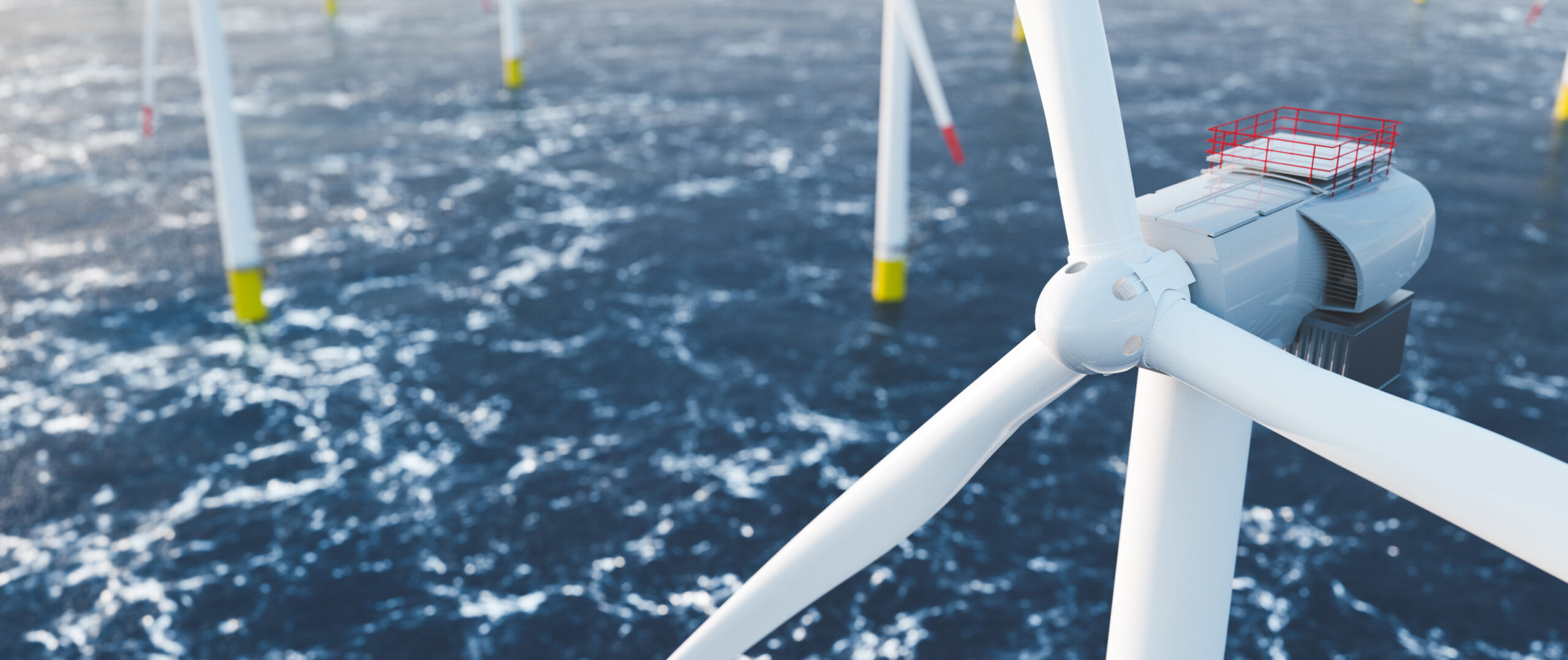Defenders of Atlantic offshore wind have taken to saying that offshore oil and gas development is more dangerous to whales and other marine mammals. This is wildly false.
Here is a recent example in the DC Journal: “To Protect Whales, We Should Ban Offshore Oil and Gas, Not Wind Farms”.
https://dcjournal.com/to-protect-whales-we-should-ban-offshore-oil-and-gas-not-wind-farms/
To begin with these authors, including a whale expert, have the same problem we see repeatedly in the mainstream articles trying to defend offshore wind. They do not acknowledge the nature of the threat.
It is not the noise that kills the whales; it is what the noise causes the whales to do, especially get hit by ships. This then depends heavily on the location, duration and size of the noise. Here the offshore wind threat is enormous compared of oil and gas. But no mention is made of this stark fact, so let’s look at it a bit.
The proposed offshore wind megaproject is to line the Atlantic coast with dozens of huge wind “farms”. These monster wind facilities are directly adjacent to one of the world’s heaviest traffic shipping corridors. This corridor is named the M-95 because it parallels I-95, America’s heaviest traffic interstate highway.
The threat is that the extreme noise from developing and operating these huge facilities will force the whales into heavy ship traffic. NOAA predicts that thousands of whales and hundreds of thousands of other marine mammals will be harassed by this noise. The threat is obvious.
In contrast, offshore oil and gas development is scattered about in the Gulf of Mexico, where shipping is far less concentrated.
Moreover the excessive noise from an oil and gas development is very brief, typically a few months, while with offshore wind it goes on for decades. Oil development and wind both begin with loud seismic surveys, but then the similarity ends.
NOAA has issued only a few survey harassment permits for oil studies in the last decade, because development has been going on for a very long time. Wind permits are running a dozen a year.
After the survey a typical wind facility might then install a hundred or more incredibly tall towers. Each requires driving an enormous monopile into the seabed. These piles may be 300′ long and 30′ in diameter so the pile driving noise is horrendous. It can be heard underwater 50 miles away. Oil development just requires drilling, which makes very little noise, certainly nothing like pile driving.
Then when the oil rig is quietly pumping the wind towers are noisily generating electricity. These are huge, new generation generators which by some estimates each make as much operational noise underwater as a supertanker under full throttle. A single facility might have several hundred of these incredibly loud monstrosities.
As to size, an oil rig is maybe 350′ on a side, while a single wind facility can cover a whopping 150 square miles. Dozens of these monsters are now proposed along the Atlantic coast, right beside the M-95 ship traffic. In fact they are largely filling up the low traffic areas where the whales might be safe.
So in summary an oil rig is tiny and quite, just maybe making some seismic survey noise for a few months in the beginning. Wind facilities are enormous and incredibly noisy for their entire 20-30 year lives.
When it comes to redirecting whales into ship traffic there is simply no comparison. Oil is harmless; wind is deadly.
